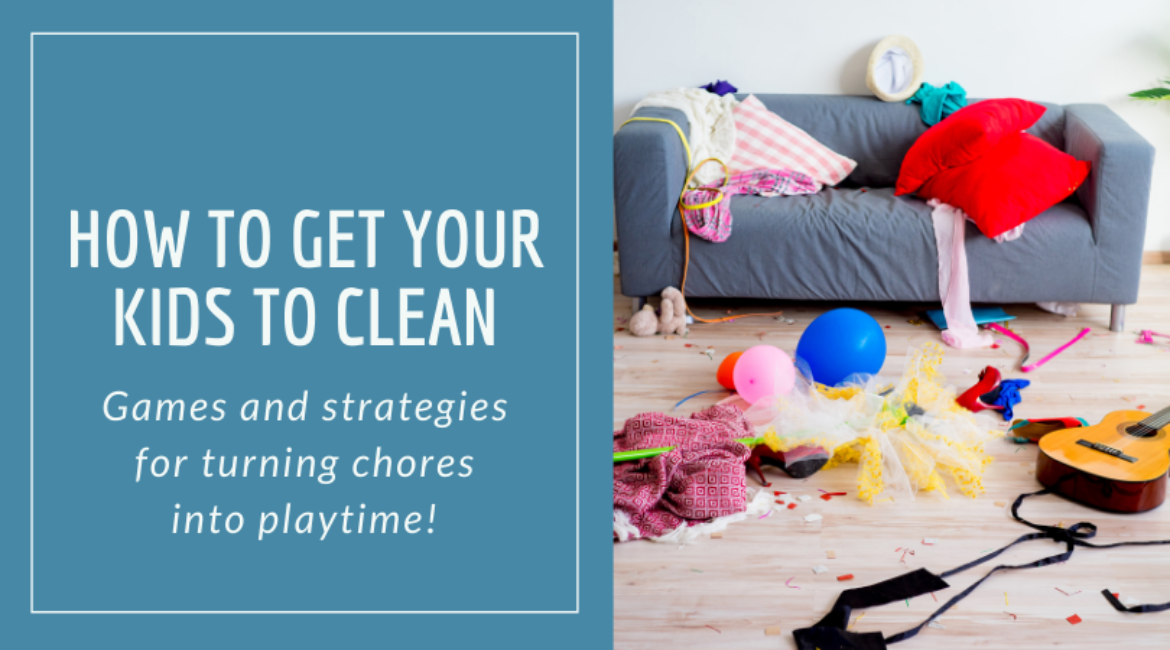
Get straight to the cleaning process without spending time deciding on how to clean. This strategy also helps to eliminate the arguments over who should clean what.
Single Cleaning Jar:
Tasks in the jar can be things that need to be cleaned frequently (the stove, the refrigerator, floors, windows, bathtub, sinks, etc), areas that are prone to untidiness (for us, these include the kitchen table, the front closet, and the bedrooms – your family will have its own specific problem areas), things that need to be dusted (the fireplace, the tops of door frames, ceiling fans, etc), chores to be done (dishes, laundry, etc), random numbers of things to be put away (“pick up 20 things,” “pick up 50 things,” “pick up 100 things,”) and amounts of time to spend cleaning (“clean for 5 minutes,” “clean for 10 minutes,” clean for 15 minutes,”” or “clean for 10 minutes in (insert room name here)”).
Make sure that the tasks are small and manageable. For example, instead of writing out “Clean the kitchen,” break it down into smaller tasks: “Clean the stove,” “Wipe the counters,” “Fill the dishwasher,” etc. For a messy bedroom you can break the jobs down into sets to be put away (“Pick up all the blocks,” “Pick up all the cars,” etc), areas of the room to tackle (“Clean around the toy box,” “Tidy the brown shelf,” etc) You should also include fun cards and challenge cards to increase the excitement and mystery associated with the cleaning jar…
- “15 minutes of free time” or “Free time until everyone else is done with their task”
- “Roll a die and multiply that number by 10, pick up that many things”
- “Draw 2 more cards and complete both tasks”
- “Draw another card, then trade that card with the person of your choosing”
Be creative!
Write your tasks down on pieces of paper or small cards (index cards cut into strips work well) and place them into the container that you have chosen to be “The Cleaning Jar.” This can be a glass jar, a cookie jar, a basket, a box, a bag… whatever strikes your fancy. Involve everyone in this process, even smaller children who haven’t learned how to write yet can offer suggestions for a parent or an older child to write down on the pieces of paper. You can also have your kids help decorate the cleaning jar.
Once your jar is finished, take turns pulling out tasks (you can have smaller children be on a team with a parent or an older child to complete a task). Decide on how long the cleaning session should be (30 minutes, 45 minutes, an hour?) and have everyone continue drawing tasks out of the jar and completing them until the time for the cleaning session is up. Set a timer – this encourages everyone to race against time to complete as many tasks as possible.
Download a pre-made list of cleaning tasks you can print out and put in a cleaning jar!
Tips:
- Keep the completed cards out of the jar (in an envelope or other container) until all tasks in the jar have been drawn, then put the cards back in the jar for another round. This prevents one card from being pulled too frequently and avoids the risk of having another card that is never pulled.
- Depending on the number of tasks you have in your jar and the frequency with which you use the jar, your family may go through the tasks in the jar every week or few weeks. Some tasks may need to be done more often than they come up in the jar. If you find this is happening, then simply create an extra card for this task and add it to the jar. If a card is drawn for a task that has been done so recently that it doesn’t need to be repeated, simply put the card back in the jar and draw again.
- When a general cleaning or tidying card is drawn (aka “Pick up 20 things” or “Sweep a floor”) you can either choose the room that you think will most benefit from the task or have a second jar with the names of each room in the house (see below). If a task is drawn that can be completed in more than one room, draw from the second jar to determine which room the task should be completed in. Alternatively you can assign a number to each room in the house and roll a set of dice to determine the room to complete the task in.
Note: If you have a specific task that needs to be completed or a specific time frame that you need to get things accomplished during, then the cleaning jar may not be the most effective way to get there (although specific tasks can be chosen and placed in the cleaning jar in order to customize the jar for your needs).
Variations:
- Two cleaning jars: One jar containing the names of each room/area to be cleaned (living room, bedrooms, 1st floor bathroom, garage, back yard, etc) and a second jar with tasks to be completed in the room/area card that is drawn (pick up 20 things, sweep/vacuum/rake, fill one rag with dirt, tidy for 10 minutes, etc)
- Cleaning area/room jar: Create one jar that contains the names of each room or area in and around the house. Decide on a length of time to clean for, set a timer, and clean the area or room drawn from the jar for that length of time (10 minutes, 15 minutes, 20 minutes, etc).
- A jar for every room: Create a separate jar for each room/area of the house so that each jar can contain specific tasks tailored to that area of the house.
- Cleaning game jar: Fill a jar with the cleaning games and strategies on this website!
